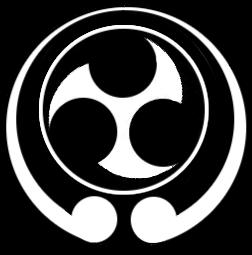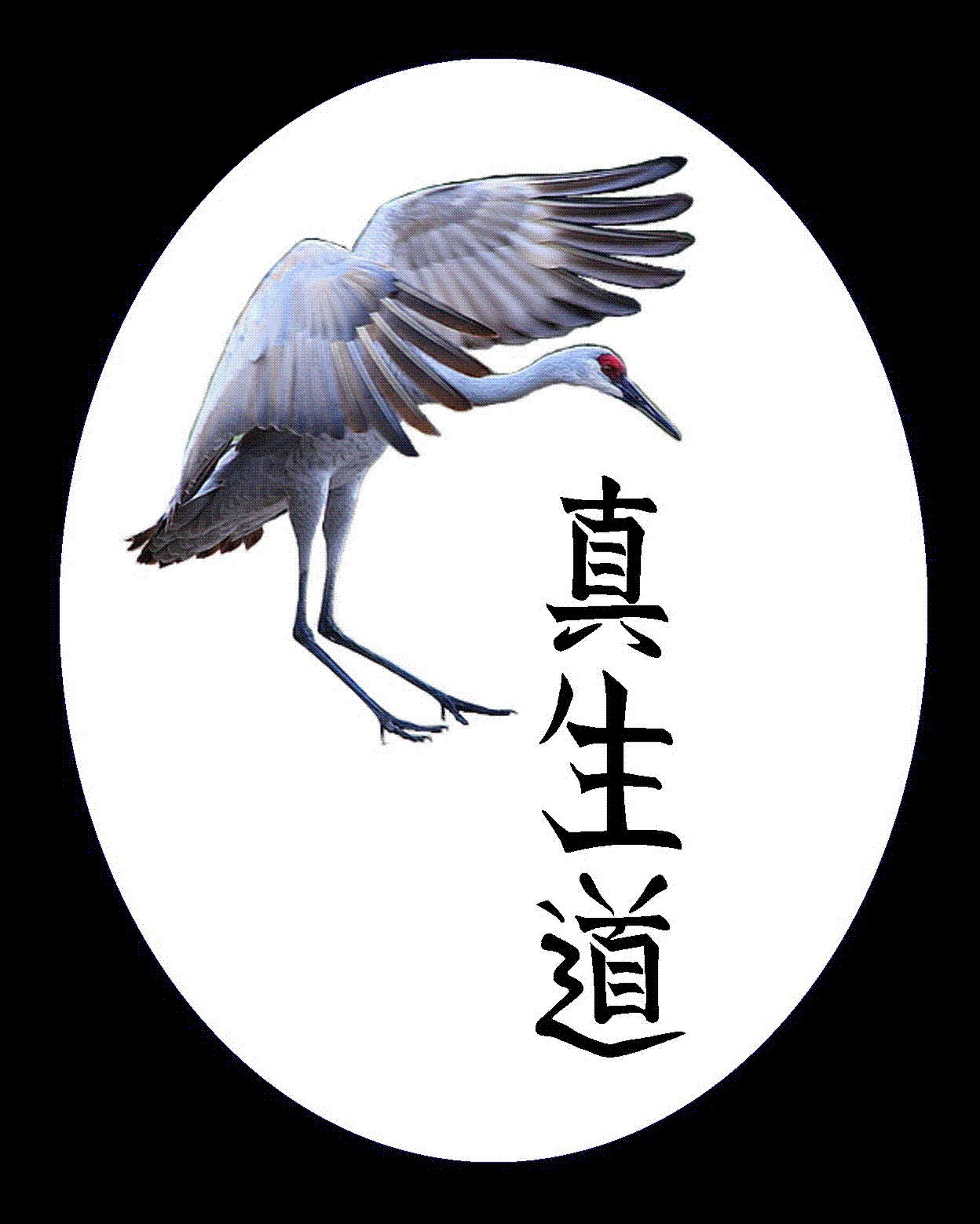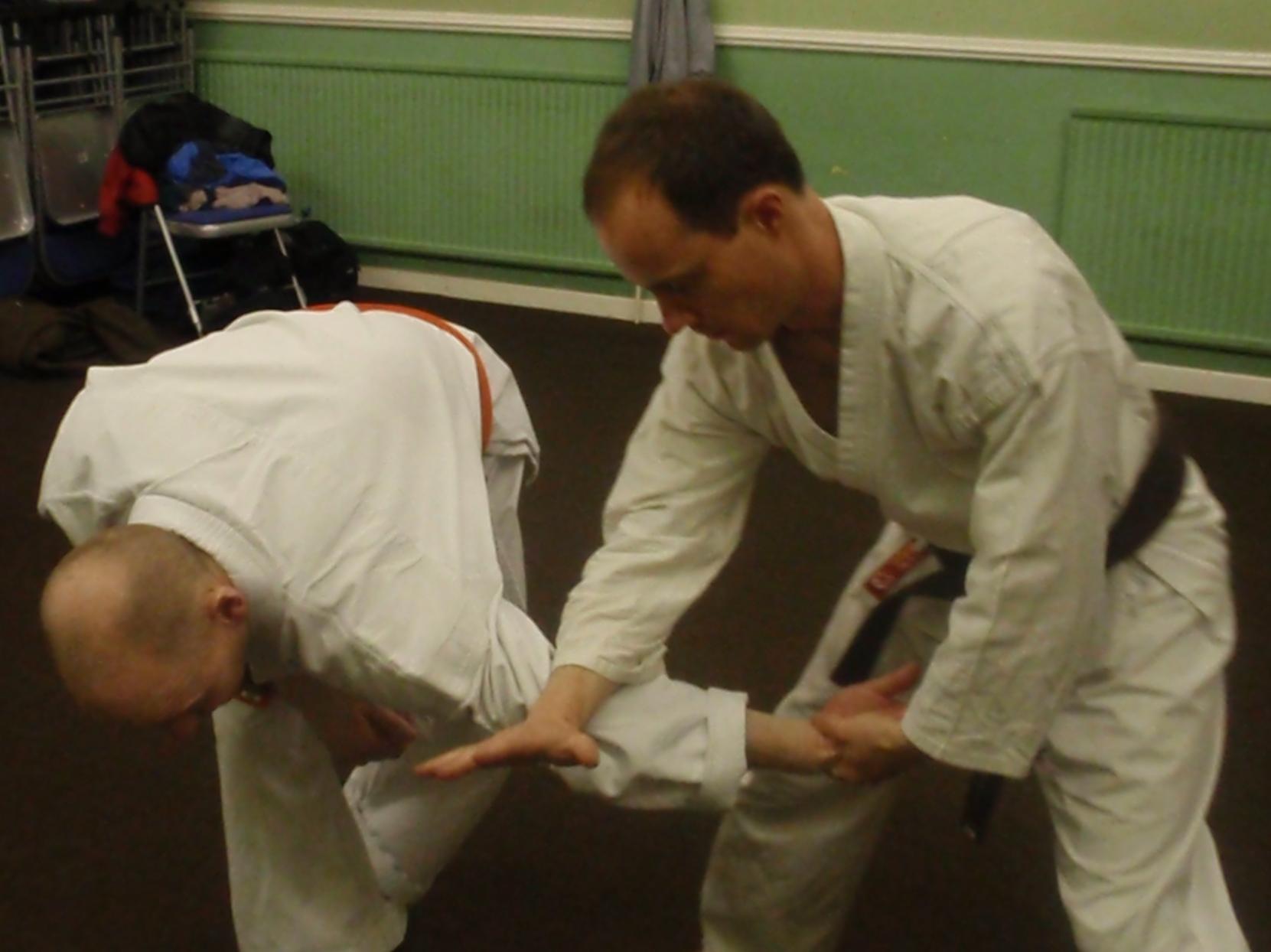
![]()
![]()

Headingley Karate
|
|
|
Karate - Do or Jutsu?
For many hundreds of years Japan existed as a feudal state. Society was rigidly segregated and organised. Warfare was frequent, life was often short and brutal. Male members of the nobility were raised to be warriors (or Bushi) from an early age. They spent large amounts of time practicing the various skills of their trade: swordsmanship, archery, horse riding, and the use of a whole host of different weapons and related skills. All of these skills needed to be entirely practical. The warrior’s life might depend on them at any time. There was no room in these martial arts for anything that was not completely functional. Such skills can be described as jutsu arts. For example, Iaijutsu (sword drawing methods), Jujutsu (unarmed compliant techniques) or even the blanket term Bujutsu (warrior methods). The Bushi were not immoral murderers though. They lived by strict codes of conduct, which, while brutal by our standards, bound them to behave in certain ways. They considered themselves to be men of honour. They also studied Zen Buddhism, largely because it was a philosophy that helped them to cope with the ever-present prospect of a sudden and violent death.
At the end of the 16th century Japan was unified under the leadership of the Tokugawa clan. Ultimately this led to a more peaceful society. The wars of the preceding centuries were brought to an end. This had enormous consequences for the warrior classes, changing their way of life forever. No longer did warriors have the opportunity to test and polish their skills in battle. No longer was the perfection of those skills a matter of life and death. So the warrior classes sought new ways to test their skills. In the 17th century this often consisted of taking part in challenge matches, or duels. By the 18th century though this began to be replaced by mock duels using wooden weapons. This was the birth of Kendo – the way of the sword. Such matches allowed warriors to test their spirit and to some extent their technique in a relatively safe environment. However, over time the techniques inevitably changed as the weapons (and armour) themselves had changed. The testing of the participants’ spirit came to be more important than the testing of realistic combat skills. There was another aspect to this change – the martial arts became a vehicle for improving the character of the warriors. The transition from jutsu to do was complete, the primary purpose of the do arts was to polish both the character and spirit of its participants. Combat effectiveness was secondary in importance. This change happened to sword fighting arts in the 18th century – Kenjutsu became Kendo, Iaijutsu became Iaido. Towards the end of the 19th century the same process occurred in the unarmed aspects of the warrior arts - Jujutsu became Judo.
In the mid 19th century Okinawan Karate was very much a jutsu art. Members of the nobility practised it in secrecy. There was no consideration given to sport or to aesthetics. It was a purely functional martial art, whose main purpose was to enable practitioners to defend themselves. The techniques employed were highly effective and often very brutal. At the end of the 19th century the veil of secrecy was lifted and Karate began to be taught in the Okinawan school system. However, it was a very different Karate that was being taught. This new Karate, and its new-found popularity, was largely as a result of the efforts of one man, Master Ankoh Itosu. Itosu had a vision, one in which a whole generation of children would benefit from the physical and spiritual benefits of Karate practice. Children would learn the outward appearance of the martial art, but would not be exposed to the deadly meanings of the movements they were practising. In other words, they would learn the form but not the function.

A joint-lock/takedown taught by Funakoshi in the 1920's
|
Now, at the beginning of the 21st century Karate-do has spread all around the world. There are, however, a comparatively small number of practitioners who practice Karate-jutsu. Some of these have studied traditions that have been kept alive since the 19th century. Others are in the process of reverse-engineering their art, putting to one side some of the less effective practices of the 20th century and rediscovering the more practical aspects of the art. Shinseido Shorin Ryu draws on both of these methods. We practice the Matsumura kata as faithfully as we can. The applications of the kata are drawn from various sources, depending on the teacher or practitioner concerned. Some are historically ‘accurate’, some may be entirely modern or have come from other martial arts. What is important is that the techniques work! Nothing is done because it looks powerful or impressive, but because it is effective.
It may on the surface seem that do and jutsu are not mutually compatible. Arts are usually described as one or the other. The reality is that many arts are a mixture of the two. Many jutsu arts are used to forge the character and many do arts contain some very effective techniques. Even in those do arts that are somewhat divorced from reality there is still much of value. The ideals of forging a strong spirit, character development and subjugation of the ego are very worthy pursuits. Indeed these are some of the ultimate goals of Shinseido Shorin Ryu. But there is no reason why such goals cannot be pursued through realistic training practices. That is precisely what we endeavour to do in the Matsumura Shurite Kyokai. The benefits of a do art are gained through the dedicated practice of a jutsu tradition. As such we are endeavouring to walk in the footsteps of the old Okinawan masters, whose considerable fighting skills were tempered with wisdom and strong moral values.